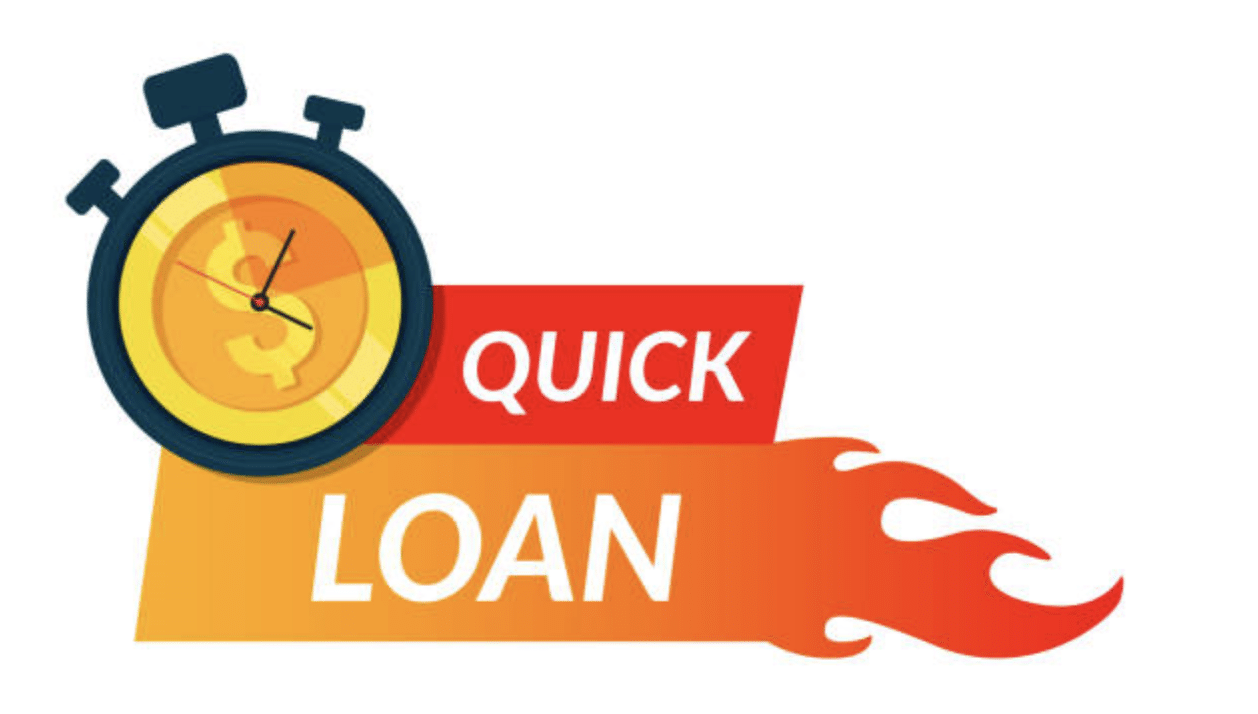First emerging during the 2008 recession, merchant cash advances are a relatively new form of funding—compared to inveterate lenders like CSBFP and banks, that is. Unfortunately, plenty of myths and misconceptions about merchant cash advances still exist, like the perception that MCAs are inherently predatory and only for failing businesses.
When you work with a reputable lender, a merchant cash advance is a legitimate and reliable form of funding. In fact, merchant cash advances are often an ideal funding option for small businesses, such as when small businesses:
- Can’t supply collateral
- Don’t meet the approval requirements of lenders like the CSBFP or banks
- Need funding quickly
- Need a smaller loan
When a small business owner receives a merchant cash advance, the initial lender will make a UCC (Uniform Commercial Code) filing (a lien), which becomes part of the public record. Less reputable brokers that engage in lending tactics designed to make themselves more money at the expense of your small business’s well-being may seek out recently issued MCAs and contact the borrower to offer more money. This is called “merchant cash advance stacking” or “loan stacking”.
As a small-business owner, you should be wary of these tactics, particularly if you’ve recently been approved for (or are already repaying) a merchant cash advance.
It may be tempting, but merchant cash advance stacking can put your small business at risk.
In this post, we’ll explore:
Let’s get started.
What is Merchant Cash Advance Stacking?
Also known as “loan stacking”, merchant cash advance stacking refers to the act of accepting numerous merchant cash advances at the same time without paying off the others. When merchant cash advances are stacked, small business owners are forced to make multiple payments to multiple lenders on a daily basis. Since MCA rates are typically higher than other loan options, having to make multiple daily payments can put a serious strain on your cash flow, which ultimately puts you at higher risk of defaulting.
On the other hand, if you’re a business owner who takes out a second loan to pay off the balance of an earlier loan, that’s not considered “stacking”—since you’re using one loan to completely pay off another, there’s nothing to “stack”.
Is it illegal to stack merchant cash advances? Technically, no. However, loan stacking can potentially involve one party who is engaging in fraudulent activity like identity theft or falsely reporting the number of loans they currently have.
What Makes Merchant Cash Advance Stacking Dangerous, Yet Tempting?
If it’s such a sketchy practice, why don’t small business owners steer clear of merchant cash advance stacking? Sometimes, the temptation to accept multiple advances to finance growth or cover operating costs (including the costs of earlier advances) is too difficult to resist. Business owners may also stack merchant cash advances on top of other loans, usually when they can’t get the full amount they asked for from another lender.
Merchant cash advance stacking is particularly dangerous when:
- Small business owners accept additional capital simply because it was offered, not because they need it.
- Small business owners accept additional capital because they’re having trouble making payments on other loans.
While it may be tempting to accept money when it’s offered, there are inevitably consequences to accepting a stacked merchant cash advance, such as:
- Greater stress on cash flow: Merchant cash advance payments are automatically deducted from your daily or weekly sales. Committing to multiple daily merchant cash advance repayments can put a major strain on your cash flow.
- Increased risk of default: When you stack merchant cash advances, your rates and fees may double (or even triple). The financial burden worsens as repayments cut further into your daily sales, significantly increasing your risk of default.
- Violation of existing contracts: Some loans, including those from the CSBFP and commercial banks, do not allow you to take out additional financing. If you accept an MCA under these circumstances, you may be in violation of the terms of your initial agreement, and you may be asked to repay the outstanding loan amount in full.
- Falling into a debt trap: Sometimes, it’s tempting to accept multiple MCAs to deal with immediate financing needs, but it ultimately increases your debt load and makes it easier to fall into a debt trap.
4 Alternatives to Merchant Cash Advance Stacking
If you’ve already received a merchant cash advance and find yourself in need of additional funding, consider these four options before you stack advances:
1. Refinancing your existing debt
Many MCA lenders will consider refinancing advances if small business owners have a) repaid more than 50% of the existing advance, or b) can show they’ve been making payments on time.
You may also be able to refinance merchant cash advance funding by acquiring a loan from a traditional lender, especially if your business is in a stronger position than it was when you first accepted the MCA.
2. Equipment or inventory financing
These loans are granted to small business owners so they can buy or repair equipment or inventory, which then acts as collateral to secure the loan. Rather than automatic daily or weekly repayments, equipment and inventory financing is often repaid using set monthly payments, which can put less strain on your day-to-day cash flow and may be easier to integrate into your operating expenses.
3. Invoice factoring
If you’re a small business owner with numerous or large outstanding invoices, invoice factoring can help you access the money you’re owed before your client pays. With invoice factoring, you’re “selling” outstanding invoices to a lender (called a factor) in exchange for immediate cash. The lender collects payment on the invoice from your client and will pay you the remaining amount, less any fees. There are no repayments, which means less strain on your cash flow.
4. Business line of credit
A business line of credit is a flexible form of financing that allows small business owners to draw and repay money whenever and as often as needed, and you only pay interest on the amount borrowed. With a monthly repayment schedule, lines of credit tend to be easier to manage compared to multiple or large daily automatic withdrawals.
Is a Merchant Cash Advance Right for You?
When issued by a reputable lender, merchant cash advances offer a number of advantages over financing options offered by traditional lending institutions, including simplified applications with less paperwork and less rigid approval requirements, faster processing and approvals (sometimes as quick as one business day, and greater flexibility with more room to negotiate terms.














